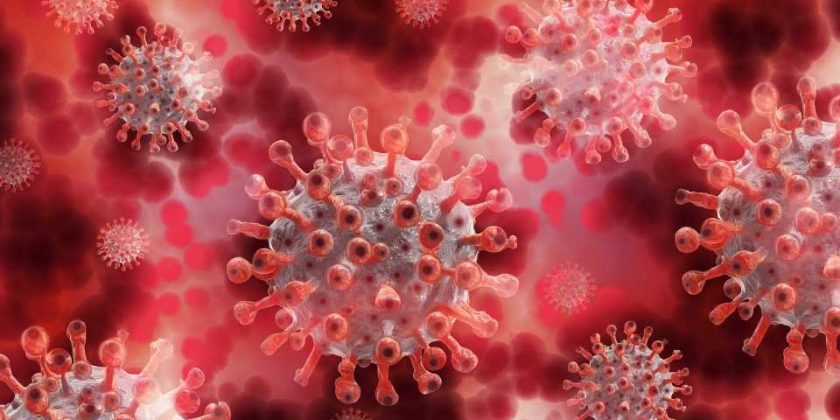
The rapid COVID-19 vaccine rollout from December 2020 averted infection in a large proportion of NHS hospital workers in England during the second wave of the pandemic, suggests research published by The BMJ today.
Without the vaccine rollout, which prioritized frontline healthcare workers, an extra 10% of all patient facing hospital workers would have been infected—and staff absence due to COVID-19 could have been 69% higher.
What’s more, the odds of infection increased by 2% every day a healthcare worker went without vaccination.
Another study published by The BMJ today compared the effectiveness of the Pfizer-BioNTech and the Oxford-AstraZeneca COVID-19 vaccines against infection in 317,341 health and social care workers in England vaccinated between 4 January and 28 February 2021.
Using data from the OpenSAFELY research platform, the results show strong protection from both vaccines and no substantial differences between the two vaccines in rates of infection or COVID-19 related hospital attendance and admission.
Together, these findings provide essential insights into SARS-CoV-2 infection in health and social care workers that can be used to guide further infection prevention and control measures.
Healthcare workers were among the first groups eligible for COVID-19 vaccination from December 2020. During rollout, coverage varied between healthcare worker groups, potentially leading to disparities in exposure and protection across the workforce.
Researchers therefore wanted to examine the rate of, risk factors for, and impact of vaccines on SARS-CoV-2 infection during England’s second wave (1 September 2020 to 30 April 2021) in susceptible hospital healthcare workers.
Using a combination of statistical and mathematical modeling, they analyzed data from 18,284 clinical, support, and administrative staff with no evidence of previous infection who were recruited from 105 NHS hospital trusts in England as part of the SARS-CoV-2 Immunity and Reinfection Evaluation (SIREN) Study.
At enrollment, participants completed a survey about their demographic, household and occupational characteristics, and subsequently completed fortnightly questionnaires that included whether they had been vaccinated. They also had PCR tests every fortnight and antibody tests every month throughout the study period (1 September 2020 to 30 April 2021).
After taking account of demographic, household, and occupational factors, 2,353 (13%) of participants became infected during the second wave.
Infections peaked in late December 2020 and decreased from January 2021, in line with rapid vaccination coverage among healthcare workers and a national lockdown.
Factors increasing the likelihood of infection in the second wave were being under 25 years old, living in a household of five or more people, having frequent exposure to patients with COVID-19, working in an emergency department or inpatient ward setting, and being a healthcare assistant.
Time to first vaccination emerged as being strongly associated with infection, with each additional day multiplying a participant’s odds of infection by 2%.
Mathematical model simulations indicated that an additional 10% of all patient-facing hospital healthcare workers would have been infected were it not for the rapid vaccination coverage.
This is an observational study, so can’t establish cause, and limitations include the lack of detail needed to explore variations in hospital infection prevention and control policies, and differences in individuals’ behavior that may have affected the results.
However, SIREN is a large study that is well positioned to explore the incidence of SARS-CoV-2 infection in the hospital workforce.
As such, the researchers say this study “reinforces the importance of vaccination among healthcare workers during a significant wave of the SARS-CoV-2 pandemic in England.”
They add that “greater understanding of transmission dynamics among healthcare workers, particularly according to role and setting, will support NHS trusts in protecting their workforce and patients from SARS-CoV-2 infection and potentially other seasonal winter viruses.”
These findings remind us that some categories of staff remain at higher risk of occupational COVID-19 (and presumably other respiratory infections), despite using personal protective equipment as advised at the time, writes an expert in a linked editorial.
This raises the question of whether vaccines and immunity are a good enough defense, or whether more stringent measures such as better personal protective equipment and ventilation are still required in high risk healthcare settings.
Source: Read Full Article
